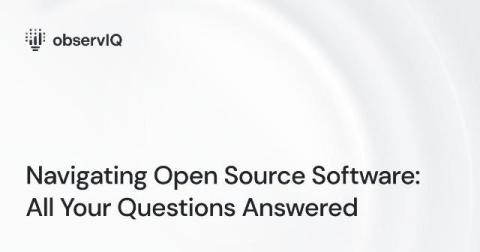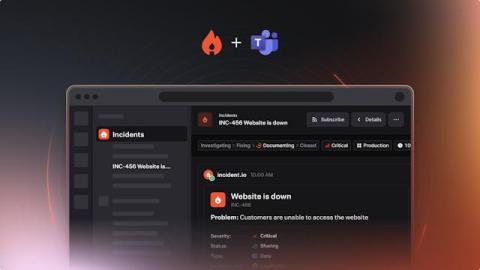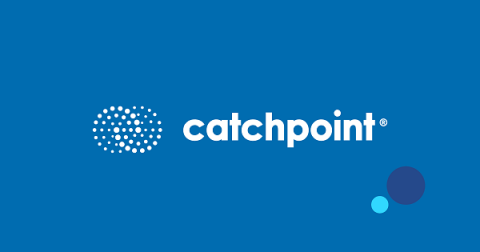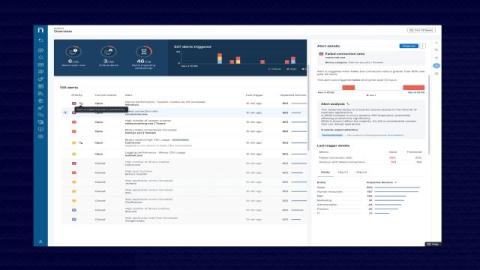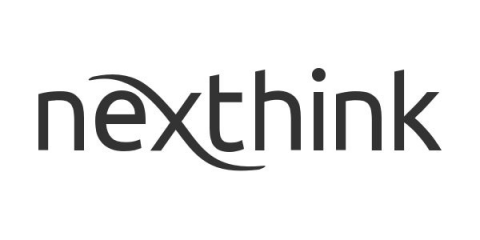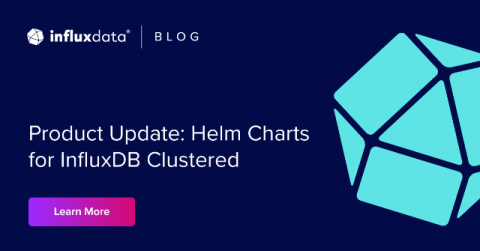Navigating Open Source Software: All Your Questions Answered
Open source software refers to computer programs with source code available for anyone to inspect, modify, and distribute. Unlike proprietary software, open source software is developed collaboratively by a community of developers. One of the main benefits of open source software is cost savings. Because the source code is freely available, organizations can use and customize the software without paying licensing fees, reducing costs, especially for large-scale deployments.


